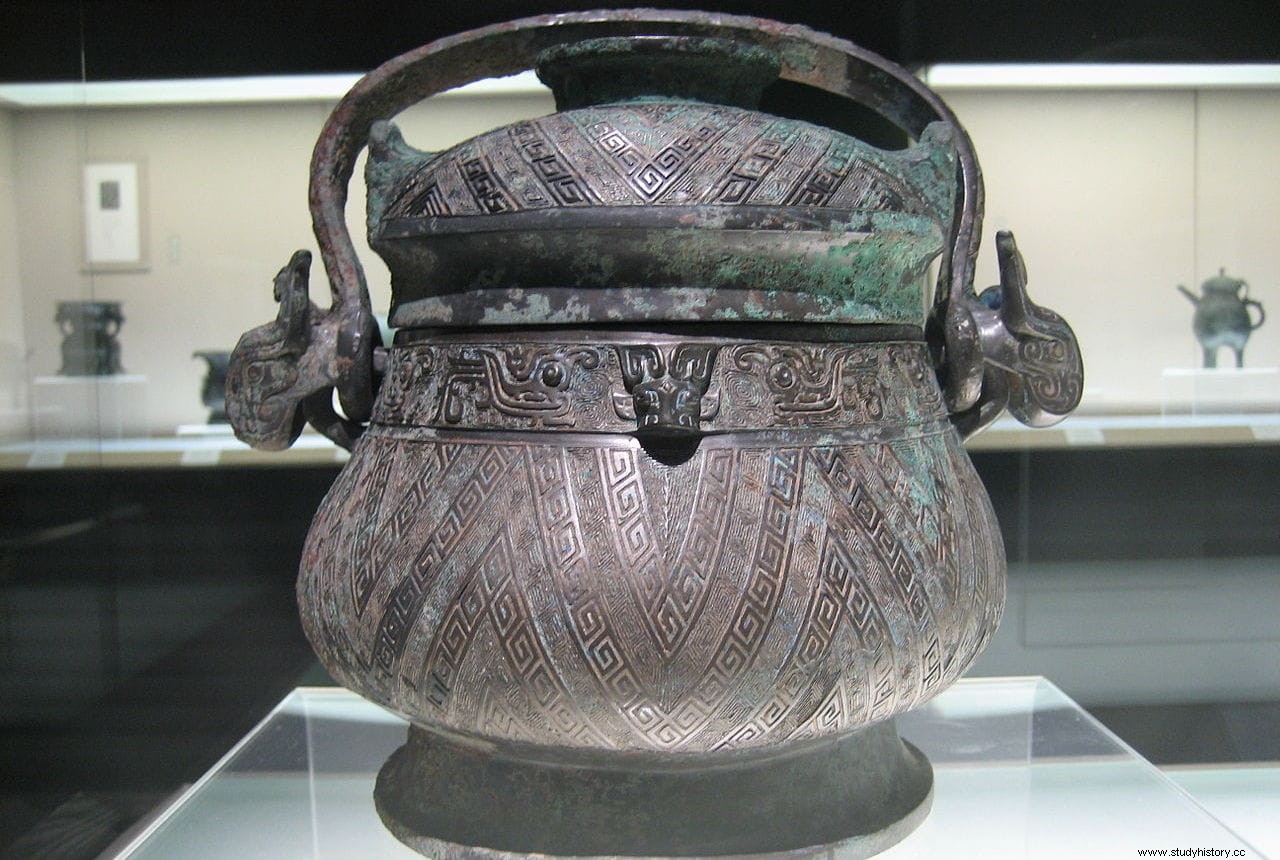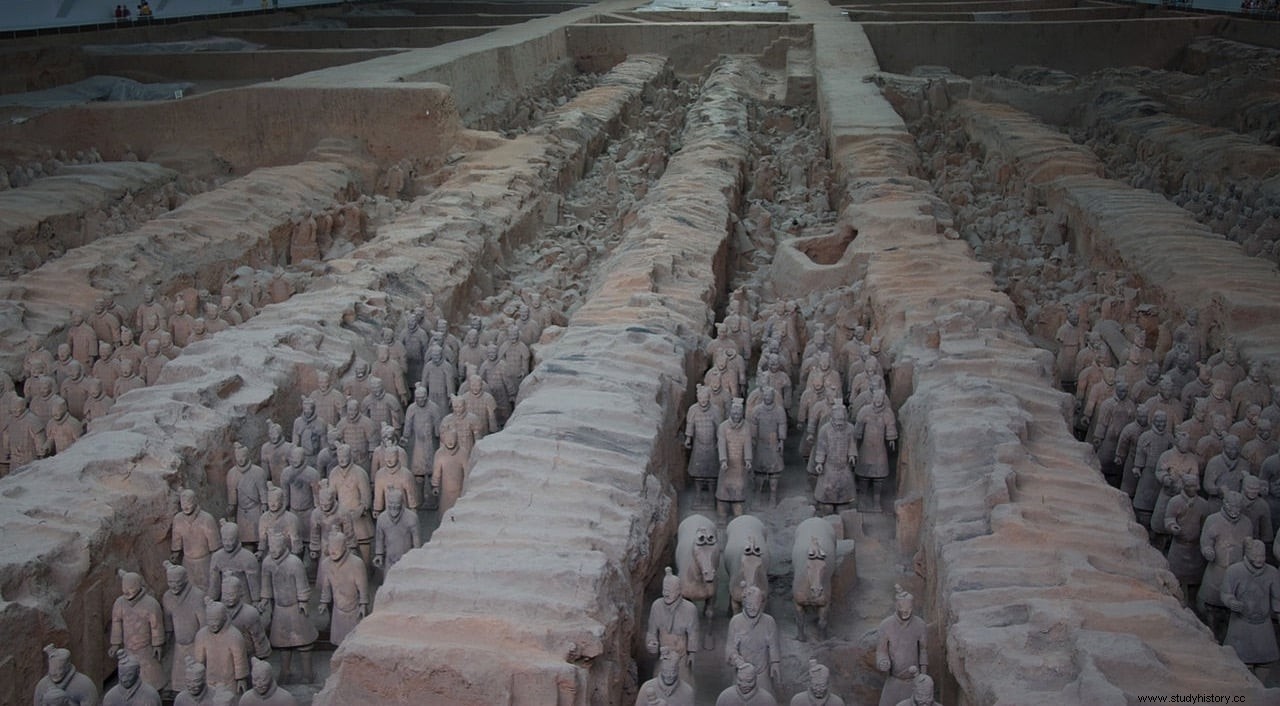Archaeologists found a bronze vessel last October during excavations of a 2,000-year-old tomb in Luoyang, China. Inside the vessel was 3.5 liters of a yellowish liquid that, at first, they thought might have been rice wine, due to its strong smell of alcohol.
Remains of similar liquids have been found in other tombs dating from the time of the Western Han dynasty (202 BC – 8 AD) in bronze vessels, rice or sorghum wine, which played an important ritual role in burial practices.
But this time the finding is especially important for two reasons. The first, because the seal of the vessel has remained unchanged, preventing the evaporation of the liquid, of which practically all has been preserved. And the second, because the laboratory analyzes have given a surprising result.

The liquid is not rice wine or sorghum, but a compound of potassium nitrate and alunite, a hydrated sulfate of aluminum and potassium. Precisely the two ingredients that according to ancient Taoist texts were used to create the elixir of immortality.
To do this, Chinese alchemists combined metals and chemicals in a bronze crucible, according to texts dating back to the 2nd century BC. The basis of most of these supposed elixirs to prolong life were mercury and lead, curiously, both products usually have the opposite effect.
Thus, many nobles and even emperors died from the ingestion of these elixirs. Perhaps one of them was Qin Shi Huang, the first emperor of united China, buried in 210 BC. with his great terracotta army in a mausoleum full of rivers and seas of mercury, as we explained in a previous article. The last record of death by elixir of immortality it was the Yongzheng Emperor in 1735.

According to Shi Jiazhen, director of the Luoyang Institute of Cultural Relics and Archeology, this is the first time mythical elixirs of immortality have been found in China . The liquid is of great value for the study of Chinese thought on immortality and the evolution of our civilization .
A large number of colorfully painted clay jars, jade and bronze objects were also found in the tomb, which occupies 210 square meters. The remains of its occupant have also been preserved.
According to Pan Fusheng, director of the excavations, the tomb provides valuable material for the study of the life of the Western Han nobles, as well as the burial rituals and customs of the time .
